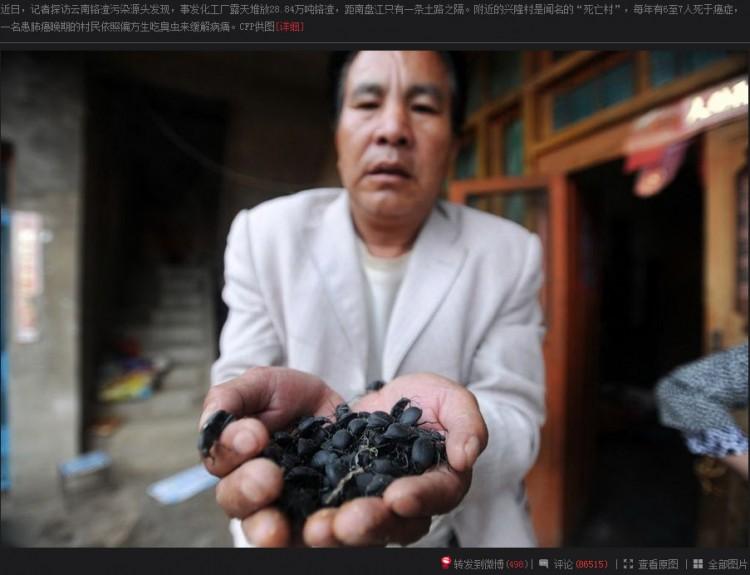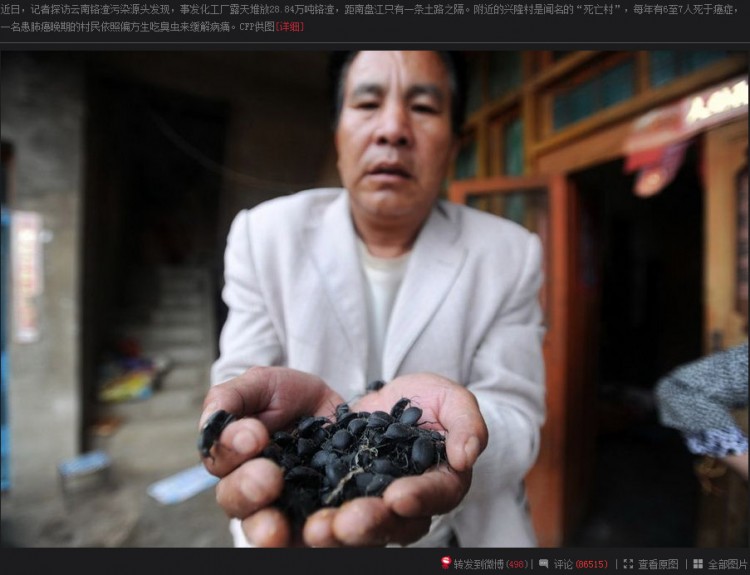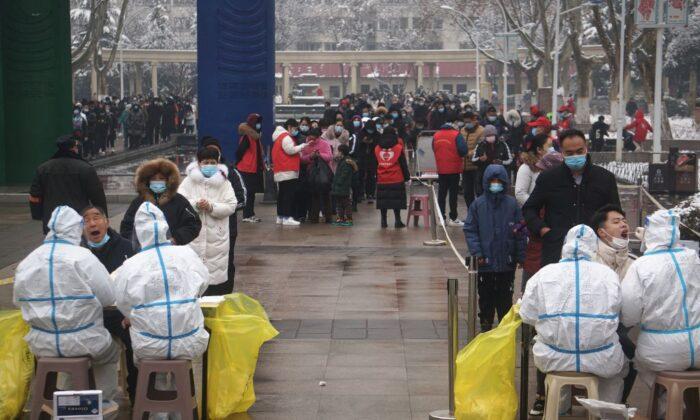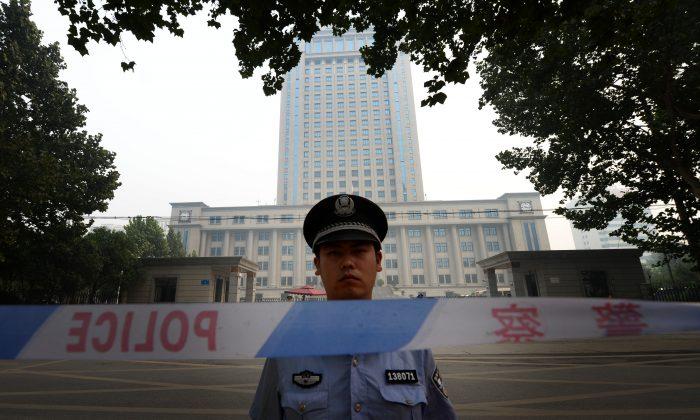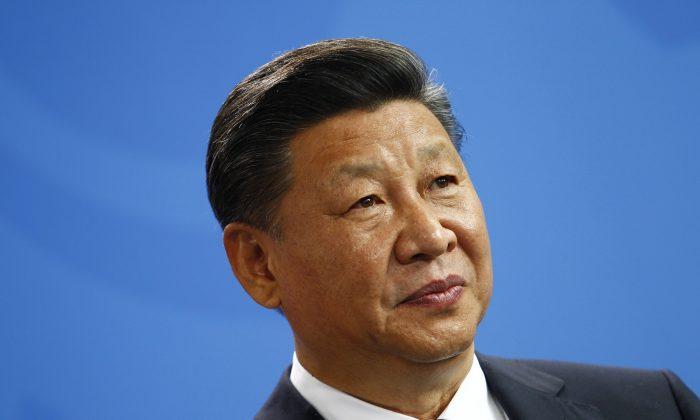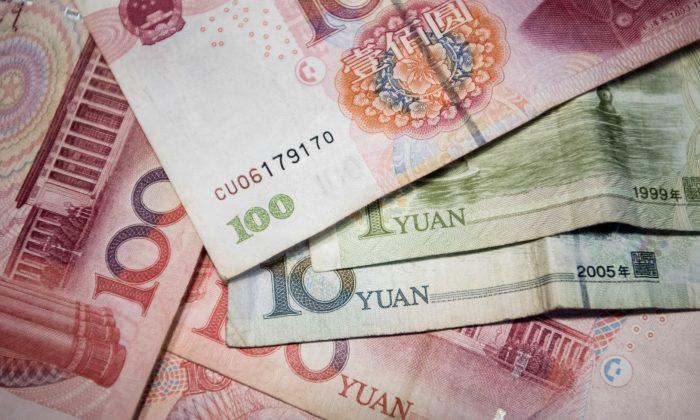After the reckless dumping of over 5,000 tons of toxic chromium waste in a major waterway and on hillsides near the city of Qujing in Southwestern China’s Yunnan Province was exposed in the Chinese media and on the Internet, a chemical plant was shut down and public fury aroused.
Investigations by Chinese journalists showed that aside from the dumping that took place near the Nanpan River—which is upstream to the Pearl River, one of China’s largest—the company had also stored 140,000 tons of unprocessed chromium waste in its own dumping ground near the river for 10 years.
The village closest to the river, Xinglong, has earned the name “death village” after at least 11 cancer deaths in recent years.
Public attention was activated on Aug. 13 after an Internet post claimed that drinking water for tens of millions of people was endangered by pollution in the Nanpan River. This was followed up by a post on Sina Weibo by a well-known journalist, Fu Jifeng of Southern Weekend magazine, saying that “37 farmers already died of toxic exposure to the chromium pollution in Yunnan’s Qujing City.”
On Aug. 14, a reporter with Caixun.com, following up the initial claims, visited Xinglong and made the discovery of 140,000 tons of untreated chromium waste which had been sitting for a decade. The connection was made from that to the strange deaths of people and livestock in the village.
Propaganda specialists in the Chinese Communist Party (CCP) were not caught flatfooted. The very next day CCTV’s only live news analysis and commentary program, “News 1+1,” aired their own investigation. Other CCP outlets followed up with more coverage, showing a shrewd awareness that the appearance of media openness, and hammering local officials in far-flung Yunnan, is beneficial to the Party’s image after the Wenzhou high-speed train crash and the resultant public relations disaster.
On Aug. 16, NetEase, an online news outlet, reported from villagers in Xinglong that at least six or seven people die of cancer there every year. Accompanying the news was a picture of Wang Jianyou, a man in the late stages of cancer. He was holding bugs, which he eats more than 50 of daily as part of a folk remedy to ease the pain.
Qian Jin, a local disease prevention and control official, told Caixun that from 2002 to 2010, 14 people in Xinglong have been diagnosed with malignant neoplasm, 11 of whom have died.
Locals believe that officials must have been protecting the plant. A farmer from a village neighboring Xinglong told The Epoch Times: “This company has been here for about 10 years; we knew that it was polluting, but how did it pass the annual check from the Environmental Protection Bureau?”
CCTV followed up with a report on Aug. 16, quoting a villager who said 30-40 people had contracted cancer over the year.
The official media strategy, in Xinhua, CCTV, and in the words of local spin doctors, has been to admit that dumping has taken place, and that livestock have been killed—but to deny human deaths, and give endless assurances about the safety of drinking water. These claims are loudly disputed on the Internet.
The Environmental Protection Bureau in the city of Qujing would not comment when contacted by The Epoch Times.
But villagers had told them about the problems previously, according to accounts online. On one occasion, the villagers were able to meet with the secretary of the County CCP Committee, who personally arranged to have the staff from the Environmental Protection Bureau handle the issue.
But, according to a villager named Wang who spoke to the Xiaoxiang Morning News, “The Environmental Protection Bureau concluded after some sort of investigation that there is no pollution.” He said that was the standard response. “Every time we appealed to the higher-ups, the Environment Protection Bureau would say there was no pollution.”
On other occasions officials and the chemical plant operators demanded that the peasants present an official medical document verifying that the cases of cancer were caused by chromium waste. None of the cancer patients were able to produce such documentation.
The phenomenon of “cancer villages” was made known years ago in China. In August 2009, a blogger named “freeyq2009” published on the popular Tianya forum a list of cancer villages caused by environmental pollution in China, detailing 189 locations previously exposed by the media.
Read the original Chinese article.
[email protected]
Chromium Waste Dumping Takes Deadly Toll in China
Deadly Impact of Chromium Waste Dumping Revealed in China.
Save
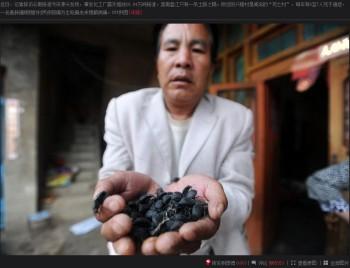
Wang Jianyou, in the late stage of cancer, eats more than 50 bugs daily to ease the pain. Screenshot from 163.com
By Fang Xiao
Updated:
